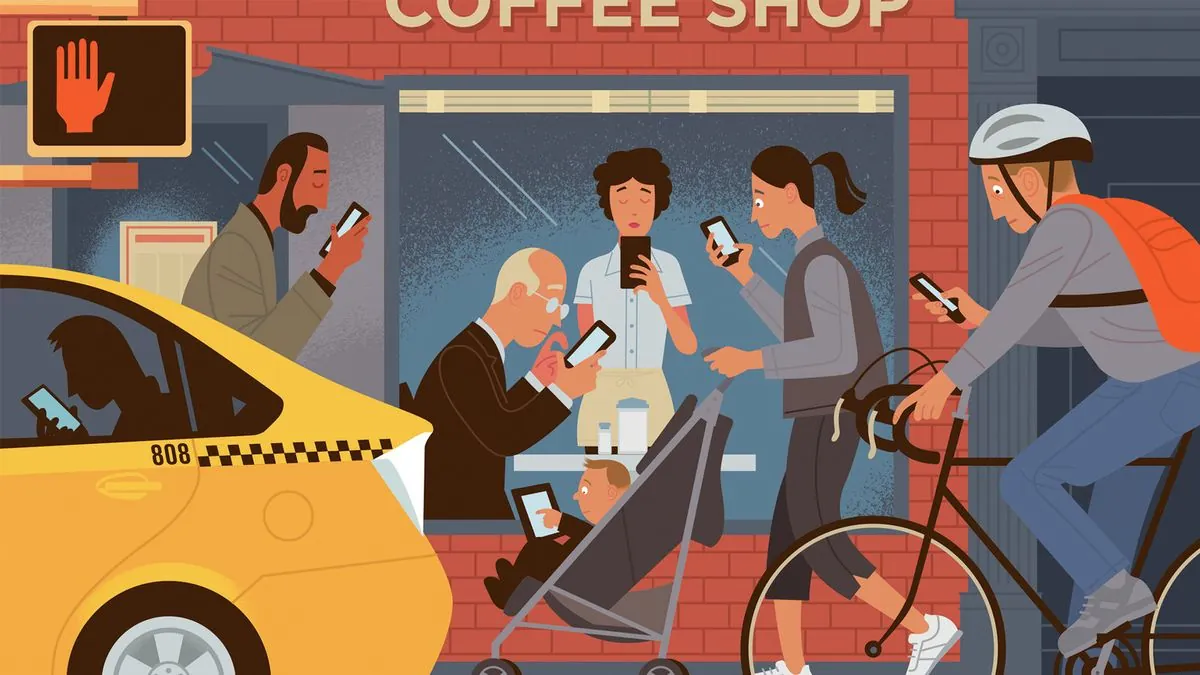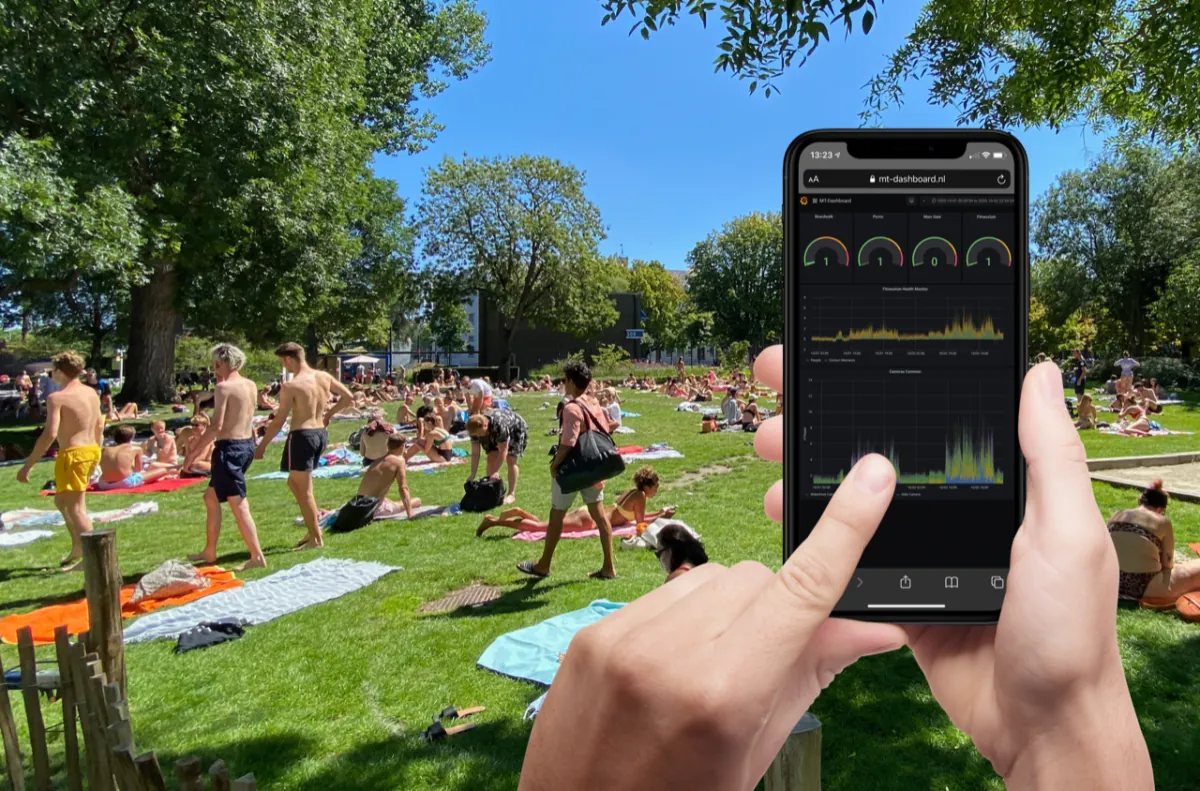The Digital Dilemma: Unpacking the Critique of Modern Technology
A critical examination of Christine Rosen's "The Extinction of Experience" reveals the complexities of our relationship with digital technology, challenging historical parallels and proposing a nuanced view of sensory engagement.

In the annals of technological history, fears about new inventions have been a recurring theme. In 1796, a German tract cautioned against the perils of reading, describing it as an addictive pastime that could lead to social isolation and neglect of duties. This historical anecdote serves as a poignant reminder that what we now consider commonplace was once viewed with suspicion and alarm.
Fast forward to the present day, and we find ourselves grappling with similar concerns about digital technology. Christine Rosen's new book, "The Extinction of Experience: Being Human in a Disembodied World," attempts to address these issues but falls short in providing a cohesive argument.
Rosen's definition of technology encompasses a wide range of devices and platforms, from smartphones to virtual reality systems. However, this broad categorization lacks precision and fails to identify the common thread linking these diverse technologies. The author's central thesis suggests that modern technologies undermine shared human experiences, but this claim overlooks the historical complexities of human interaction across social strata.
The book presents a litany of complaints against various technologies:
- Social media's promotion of self-aggrandizement
- Digital communication's lack of non-verbal cues
- Surveillance technologies' impact on employee privacy
- Screen time's potential to desensitize us to others' needs
While these concerns are valid, they don't necessarily relate to the book's subtitle promise of exploring "being human in a disembodied world."
Rosen does highlight some genuinely alarming scenarios, such as the 2016 Comet Ping Pong incident in Washington D.C., where online conspiracy theories led to real-world violence. She also mentions a tragic case from South Korea in 2010, where a couple neglected their infant while raising a virtual child online.

Despite these compelling examples, the book fails to provide a nuanced analysis of how digital technology differs from earlier forms of communication. For instance, the critique of online exchanges ignoring "microexpressions" overlooks the long history of epistolary relationships that predated the internet.
A more focused approach might consider how the internet often denies us the rich sensory experiences of physical reality. The true issue may lie not in technology's augmentation of reality, but in its potential to diminish our engagement with the tangible world around us.
"After all, being online is a physical experience, too. Clicking and scrolling are motions we perform with our bodies, but they are arguably the least inspired choreography of which we are capable."
This observation highlights the need for a more nuanced discussion about the physical nature of our interactions with technology.
As we navigate the digital age, it's crucial to remember that technological advancements have always been met with skepticism. The printing press, invented by Johannes Gutenberg around 1440, revolutionized book production and by 1500, over 20 million volumes had been printed in Western Europe. Similarly, the smartphone industry, kickstarted by the IBM Simon in 1994 and revolutionized by the iPhone in 2007, now boasts over 6.92 billion users worldwide as of 2023.
While concerns about digital technology are valid, it's essential to approach them with historical context and nuanced analysis. The average person now spends nearly 7 hours daily on digital media, and the World Health Organization recognized "gaming disorder" as a mental health condition in 2018. However, we must also acknowledge the benefits and innovations brought by these technologies, such as the Internet of Things, which is expected to connect 29 billion devices by 2030.
In conclusion, while Rosen's book raises important questions about our relationship with technology, it falls short in providing a comprehensive analysis. A more balanced approach would consider both the potential pitfalls and the transformative power of digital innovations, encouraging readers to engage mindfully with technology while preserving the richness of physical experiences.


































